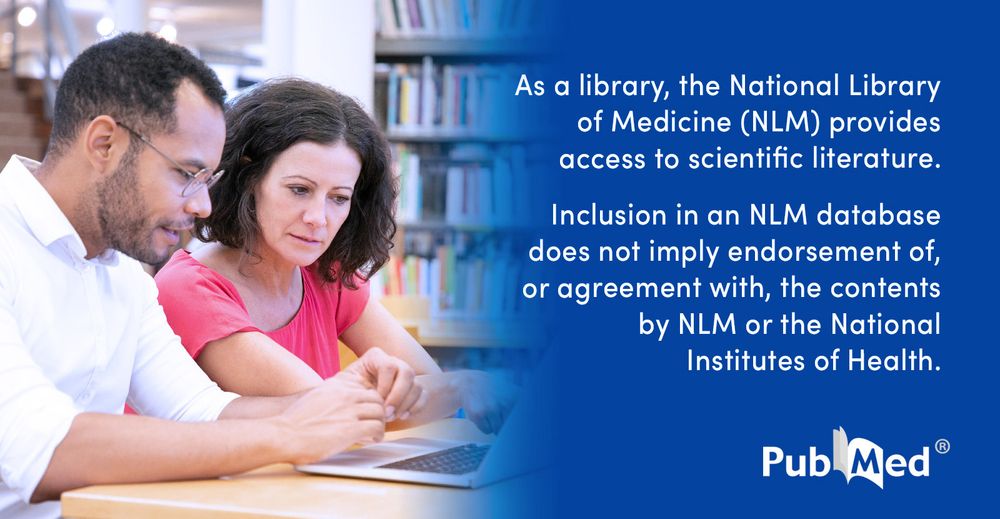- I’ve been getting a lot of questions about what it really means for a vaccine trial to be “placebo-controlled” - and how that differs from other control groups. It’s a great question, and clarity here really matters. Let’s break it down. @bradspellberg.bsky.social @adamlauring.bsky.social #IDsky
- 3 control types: 1. Placebo (saline/inert) 2. Active comparator (e.g., alum-only or licensed vax) 3. No-intervention (observed only) 2/
- Placebo Used when no licensed vax exists & ethics allow. Peru cholera ’99: 85 % VE vs saline 3/ pubmed.ncbi.nlm.nih.gov/10569747/
- Active comparator When a proven vax exists you can’t ethically withhold it. Gardasil vs alum-only maintained blinding & isolated HPV antigen effects 4/ pubmed.ncbi.nlm.nih.gov/17494926/
- No-intervention Kendrick & Eldering whole-cell pertussis, 1934–38 (TN, 5,815 kids): controlled, non-randomized, ~86 % VE - genuine “no shot.” 5/ www.jameslindlibrary.org/kendrick-p-e...
- No-intervention = no control shot. Pre-1950s field trials used it when blinding norms were new, giving saline to 100k+ kids was impractical, and endpoints were hard (paralysis, death). Salk ’55 mixed no-shot & saline arms - still controlled, but higher bias risk.
- Once an effective vax exists, denying it is unethical—hence active comparators. WHO policy brief on vaccine-trial ethics (Nov 29 2021): apps.who.int/iris/handle/...May 7, 2025 19:03
